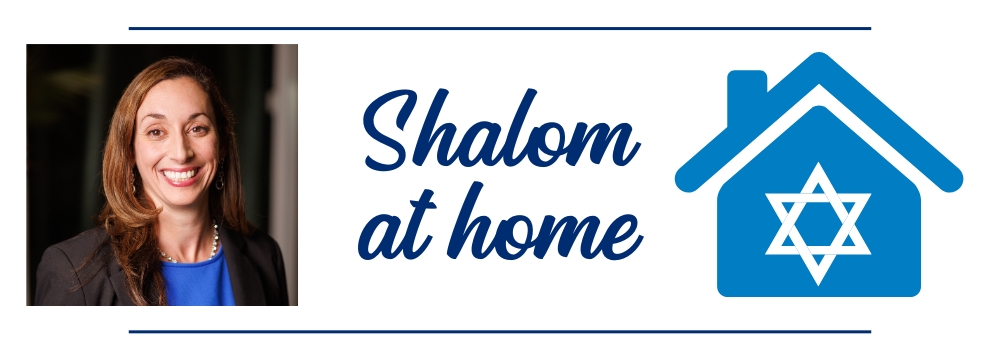February is Jewish Disability Awareness Inclusion Month (JDAIM), which aims unite Jewish communities around the country in support for individuals with disabilities and their right to be respected, valued and included in all aspects of Jewish community living.
“Mom, what is wrong with that boy?” my son, age 4, whispers innocently. I stop and look in the direction of his gaze. I see a sweet child, maybe seven or eight, with auburn curls. He is walking with a walker.
I continue to push the shopping cart, smiling over at them. I am quiet, choosing my words carefully.
“That boy is using a walker to help him walk. We use our legs, but his walker is a tool so he can walk in the grocery store just like us. There is nothing wrong, it is just different.”
I wait. Seeing if he will ask more questions.
“Tools like in my toolbox?” he asks. “Yes,” I say, relieved the conversation is over when he asks to pick out the bananas.
Later on, I wondered. Did I do enough?
As a teacher in my early 20s, teaching students with more significant disabilities in a self-contained classroom, so often my students were “othered,” looked upon with confusion by their peers. There were field trips they weren’t invited to, games they never got to play, birthday parties they never got to experience. It broke my heart.
According to the most recent study by the Centers for Disease Control, now almost 1 in 4 individuals throughout the country have some type of disability. These disabilities can be apparent or non-apparent, temporary or permanent. You can be born with a disability or develop one later in life. In fact, if we are lucky enough to make it to old age, each one of us will become disabled at some point.
As we enter a new era, one now where terms such as “equity, inclusion and disability” seem to be under attack, what better time to help counter this hate than by teaching our kids about differences and disabilities? As both a mom and special educator, here are my four top tips:
Mind your language
The word disability is not a negative word. In fact, most people with disabilities now prefer we use that term over antiquated language such as “special needs” or “handicapped.” Using outdated language, slurs or slangs harms individuals with disabilities immensely. Be mindful of how you describe and talk about individuals with disabilities.
Make it fun
Children make sense of their world through purposeful play and modeling from their caregivers. Read books that feature characters with disabilities. Watch age-appropriate shows with neurodivergent characters. Adapt games for all abilities, highlighting how tools like wheelchairs and ramps allow everyone to play. Go out in nature, observing how things and people are alike and different. Like biodiversity in nature, diversity in humans is normal and necessary.
Don’t shy away from questions
When out in the world, don’t shy away from your child’s observations and questions. Like my child in the grocery store, the questions may at first seem rude or inappropriate, but our kids look at us when they are feeling unsure or confused. Take the time to answer questions simply and succinctly, with as much or as little detail as your child needs.
Include and invite
Individuals with disabilities want to be included just like everyone else. Too often peers with disabilities are left out, which can have lasting consequences for kids both with and without disabilities. Wherever you can, make it a mission to include everyone.
If we want to help build a world where inclusion and acceptance are the norm, what better place to start than at home?
Sasone, our local community program that supports disability inclusion in Jewish education, has a list of resources to help support this work at sasone.org/resources.
Like what you just read? Consider supporting The Kansas City Jewish Chronicle, our community's only Jewish news source for over 105 years, by making a donation or starting a subscription today!



